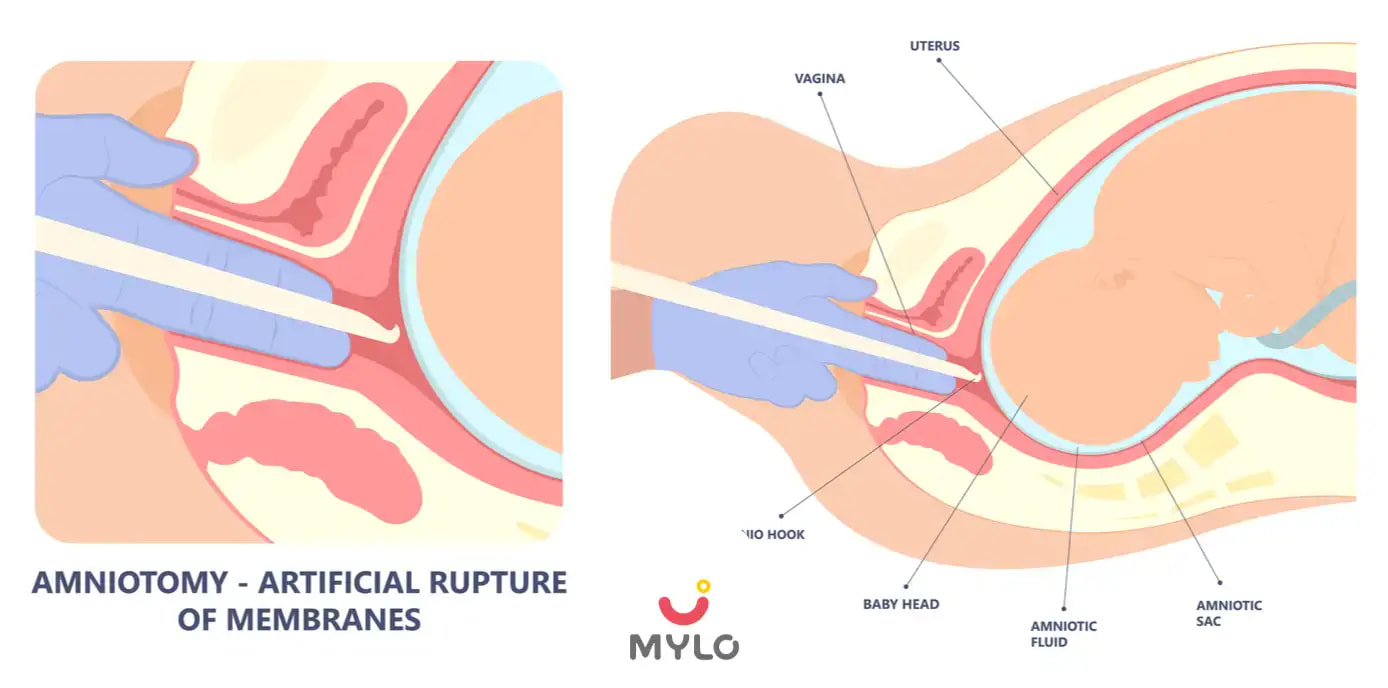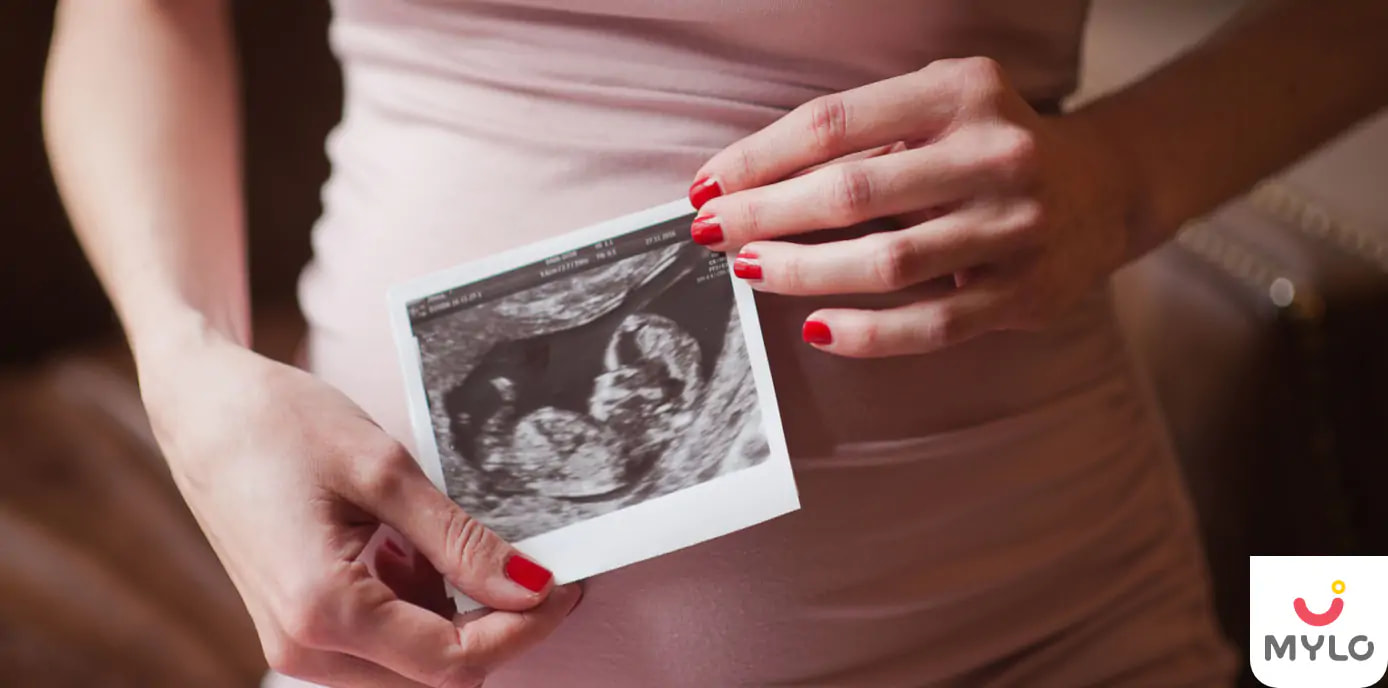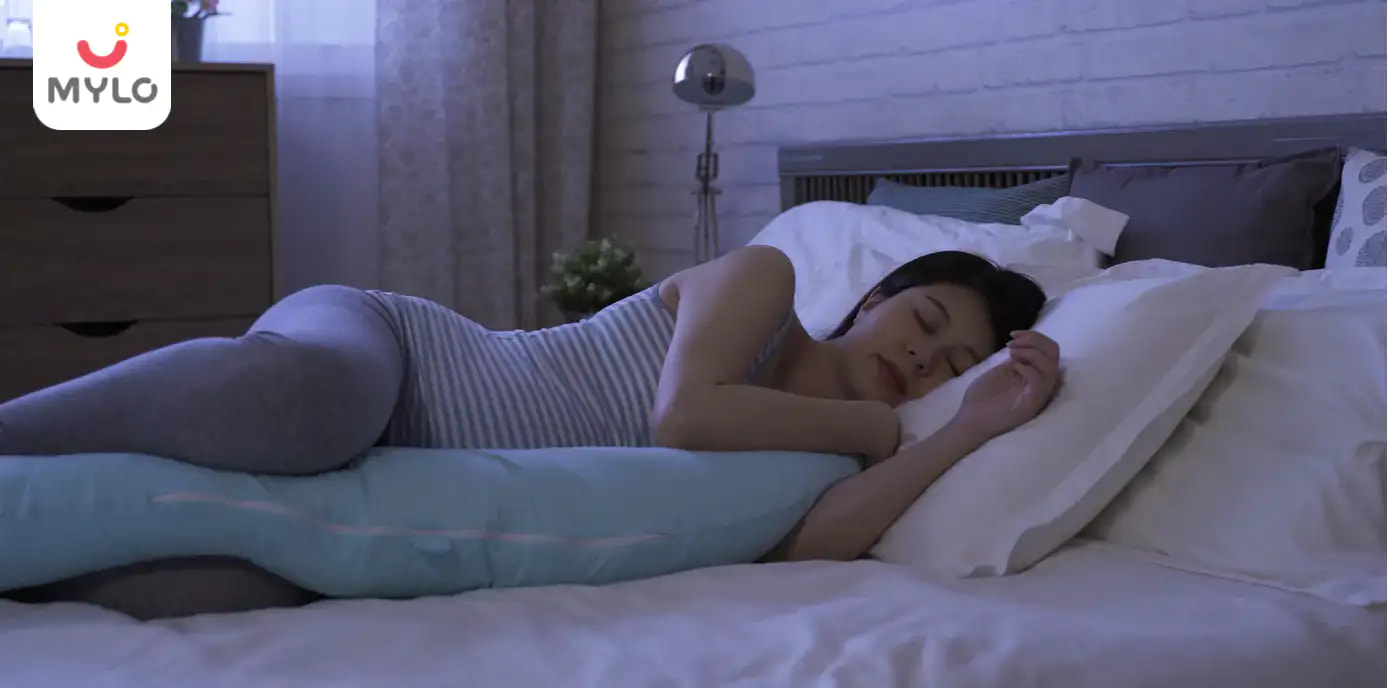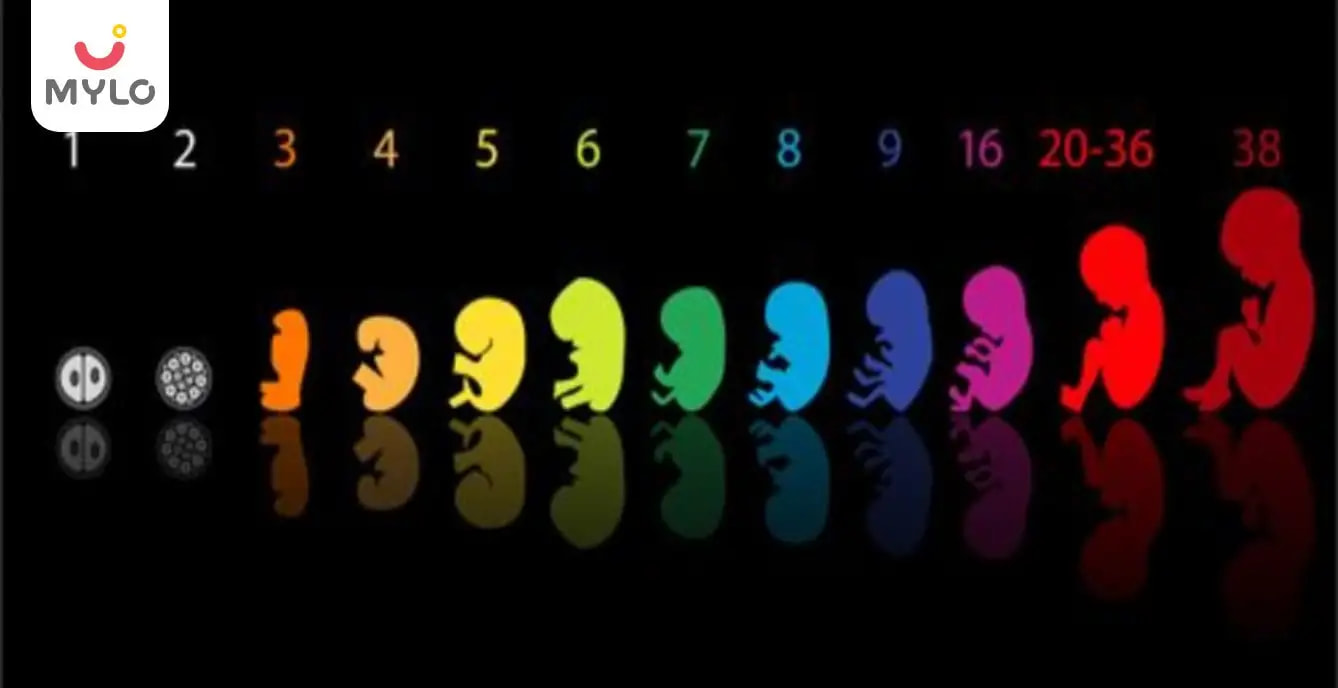Home

Flat Head Syndrome (Plagiocephaly): Meaning, Causes, Types & Symptoms
In this Article

Baby Care
Flat Head Syndrome (Plagiocephaly): Meaning, Causes, Types & Symptoms
Updated on 4 May 2023



Medically Reviewed by
Kusum Sabharwal
Obstetrician & Gynecologist - MBBS| DGO
View Profile

Underneath the soft, fuzzy surface, a baby's skull is like a bunch of shifting pieces that enable its head to grow. These flexible plates protect your little one's evolving brain, but they can flatten when you lie down on its back (though some babies are born with deformed heads from their position in the womb or trip through the birth canal). You're right to have your baby sleep face up to decrease the risk of sudden infant death syndrome. And those flat-head baby spots will likely go away eventually, as long as you provide your baby with plenty of supervised tummy time during the day, and they tend to improve as kids start to sit up on their own.
What Is Plagiocephaly or Flat Head syndrome?
Flat Head syndrome or plagiocephaly is a condition that arises when a flat spot develops on the back or side of a baby's head. The condition can lead to the baby's head looking asymmetrical. Some illustrate the head as looking like a parallelogram when observed from above.
A baby's skull bones don't entirely fuse and harden until several months after birth. Soft, pliable bones allow for easier passage through the birth canal and give a baby's brain ample room to grow. The soft bones also indicate that a baby's head can change shape. One common reason for the flat head syndrome is regularly sleeping or lying in the same position.
Two Types Of Flat Head Syndrome Or Plagiocephaly?
There are two types of plagiocephaly which are positional plagiocephaly and congenital plagiocephaly.
Positional plagiocephaly, referred to as deformational plagiocephaly, is the most common kind of flat-head syndrome. According to physicians, it affects up to 50% of babies.
Congenital plagiocephaly, referred to as craniosynostosis, is a rare congenital disability. In this condition, the fibrous spaces between the lull bones of the babies, known as sutures, prematurely close, which results in an abnormally shaped head. Congenital plagiocephaly happens in one out of every 2000 to 2500 births.
You may like : Baby Sleep (Infant Sleep): What to Expect & Tips
What Causes Flat Head Syndrome or Plagiocephaly?
Congenital plagiocephaly is known to occur by chance during fetal development. It can also go on in families and is sometimes a part of inherited conditions. According to a review, more than 180 syndromes, including Apert and Crouzon syndrome, could be correlated to congenital plagiocephaly. There are numerous possible causes for positional plagiocephaly.
1. Sleeping position:
Putting your baby to sleep in the same position day after day, for instance, on their back or with their head overlooking left or right, exerts consistent pressure on the same parts of the skull. Babies are significantly at risk of positional plagiocephaly in the first four months of life before they can roll over by themselves. It is always advised to put your baby to sleep on their back to reduce the risk of sudden infant death. Provide your baby ample tummy time to decrease the risk of plagiocephaly while they are awake. Spending time holding your baby, either in your arms or a carrier, instead of having them lie down for extended periods. A bouncer or a baby seat can decrease their risk.
2. Insufficient tummy time:
Plagiocephaly is more probable the more your baby spends on their back. While awake and watching them, adequate tummy time can help decrease their risk of this condition. Your baby may cry when you leave them on their tummy, but offering several tummy time sessions a day is vital. When your baby awakens, position them on their tummy atop a blanket or mat. Begin with a few minutes per session and a few sessions daily. You can increase the session interval as your baby improves muscle strength and neck control. Tummy time can also enable your baby to build the strength and muscles crucial for rolling over, crawling, sitting up, and eventually, walking.
3. Being a multiple:
When womb space is packed, a baby's skull has a greater-than-average risk of being compressed, which can lead to plagiocephaly.
4. Born preterm:
Babies born early have softer bones than those born at term. They are also more likely to have extended hospital stays where they spend much time lying on their backs. Positional plagiocephaly is more prevalent in premature babies than in full-term babies.
5. Forceps or a vacuum delivery:
These instruments exert pressure on the skull and its malleable bones, which could result in plagiocephaly.
6. Torticollis:
Muscular torticollis is a disorder in which an infant's neck muscles are stiff or imbalanced. It is often affected by limited space in the uterus or breech position. Reduced space in the uterus or being in a breech position makes it difficult for the baby to twist and move their head, which can lead them to favor one side, resulting in plagiocephaly or another skull deformity.
You may like : Baby Milestones: A Week-By-Week Guide to Your Baby’s Development in the First Year
What Are The Signs And Symptoms Of Flat Head Syndrome?
Flat Head syndrome is usually easy for parents to notice and have the following signs:
-
The back of the baby's head is flatter on one side than the other.
-
The baby usually has less hair on that portion of the head.
-
When looking down at the baby's head, the ear on the flattened side may appear pushed forward.
In severe cases, the forehead might bulge on the side opposite the flattening and appear uneven. If torticollis is the reason, the neck, jaw, and face might also be uneven.
How is Flat Head Syndrome Diagnosed?
Doctors can often diagnose flat head syndrome by looking at the baby's head. The doctor may watch how the head and neck move to see if a baby has torticollis. Medical tests are usually not required.
How Is Flat Head Syndrome Treated?
Plagiocephaly treatment includes various things. One should always put babies to sleep on their backs to help prevent sudden infant death syndrome, even with the possibility of a flat head syndrome. Avoiding swings, car seats, bouncy chairs, and other equipment is safest for sleep and helps babies move their heads more freely. So what can parents do when Flat Head Syndrome is due to a sleeping or lying posture? Simple practices like changing a baby's sleep position, carrying your baby, and providing lots of tummy time can prevent it.
How To Prevent Flat Head Syndrome?
You can prevent flat head syndrome at home by spending as much time as possible on the baby's back. Some tips include:
1. Practice tummy time:
Provide plenty of supervised time for your baby to be on the stomach while awake during the day. Tummy time helps with regular shaping of the back of the head, facilitates the baby's learning and discovery of the world, and assists babies in strengthening their neck muscles and learning to push up on their arms, which in turn enables them to develop the muscles required for crawling and sitting up.
2. Vary positions in the crib:
Consider how you put your baby down in the crib. Most right-handed parents hold infants cradled in their left arms and lay them down with their heads to the left. In this position, the infant must turn right to watch out into the room. Position your baby in the crib to enable active moving of the head to the side that's not flattened.
3. Hold your baby more often:
Limit the time your baby rests on the back or with the head resting against a flat surface. For example, if your baby has fallen asleep in a car seat, take your baby out of the seat when you get home rather than leaving your little one sleeping in the seat. Pick up and home your baby often, taking the pressure off the head.
4. Change the baby's position while asleep:
Alter the position of your baby's head from right to left, right to left when your baby is sleeping on the back. Even if your baby moves around during the night, lie your child with the rounded side of the head touching the mattress and the flattened side facing up. Don't use wedge pillows or other equipment to keep your baby in one position.
Most babies with the flat head syndrome also possess some degree of torticollis. So physical therapy and a home exercise program are usually part of treatment. A physical therapist can teach you exercises to do with your baby, including stretching. Most moves include stretching the neck to the side opposite the tilt. The neck muscles will get longer, and the neck will straighten itself out in time.
Summary
Flat Head syndrome improves with time and expected growth. As babies develop, they start to change position themselves during sleep, so their heads aren't in the same position. Plagiocephaly is prevalent in babies, and while it may temporarily lead to a misshapen head and apparent misalignment of ears and eyes, the effects are generally mild and tend to resolve as the baby ages and becomes more mobile.

Premium Head Shaping Pillow 0-36 Months - Shades of Grey
Provides Neck Support | Prevents Flat Head Syndrome | Portable & Lightweight
₹ 484

4.0
(1543)


4398 Users bought





Medically Reviewed by
Kusum Sabharwal
Obstetrician & Gynecologist - MBBS| DGO
View Profile


Written by
Priyanka Verma
Priyanka is an experienced editor & content writer with great attention to detail. Mother to an 11-year-old, she's a ski
Read MoreGet baby's diet chart, and growth tips

Related Articles
RECENTLY PUBLISHED ARTICLES
our most recent articles
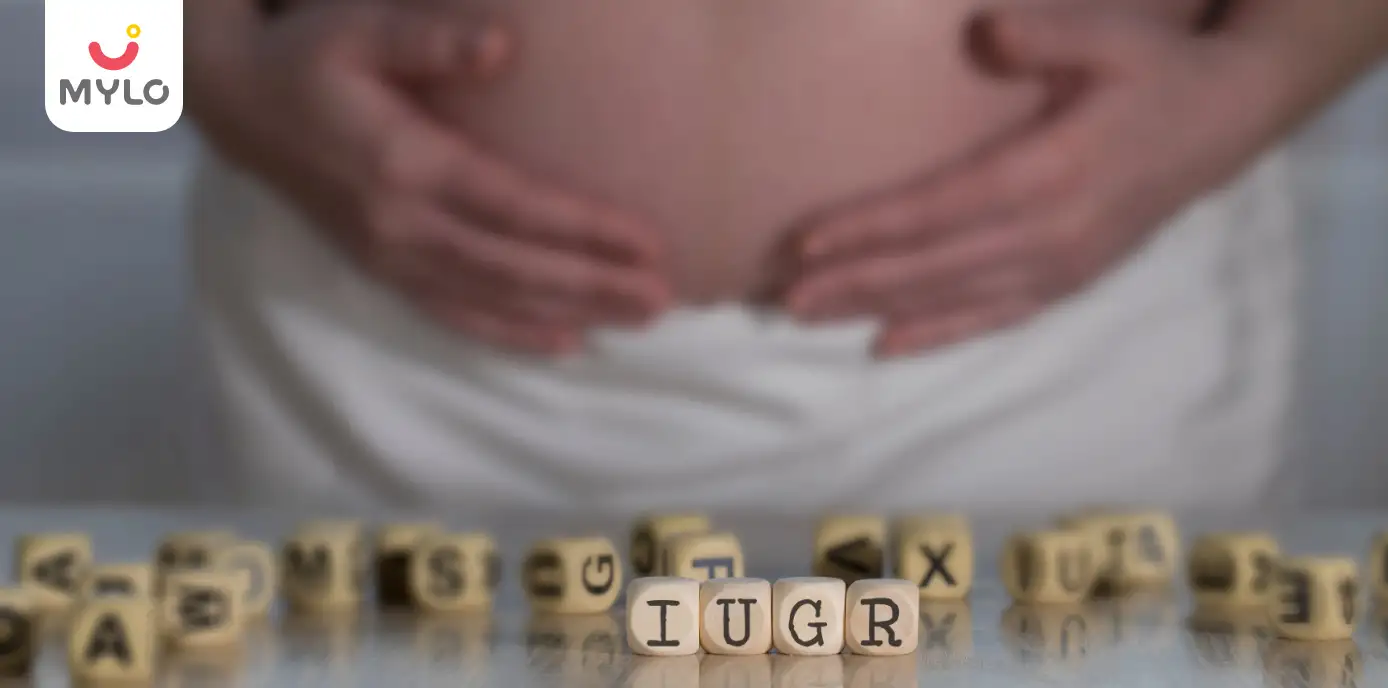
Growth & Development
Intrauterine Growth Restriction (IUGR) in Pregnancy
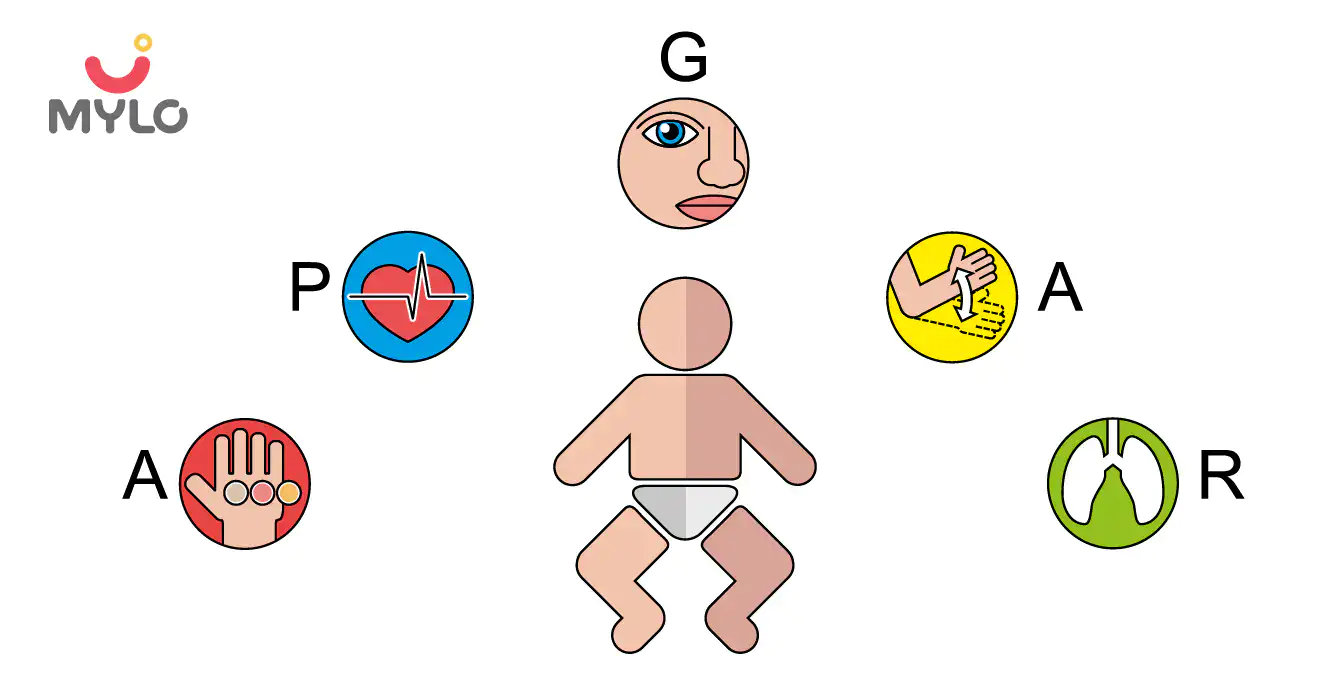
Growth & Development
APGAR Score: Meaning & How it is Performed

Love, Sex & Relationships
Dyspareunia (Painful Intercourse): Causes & Treatment

Infections in New Mom
Short Bowel Syndrome: Causes, Symptoms, and Treatment
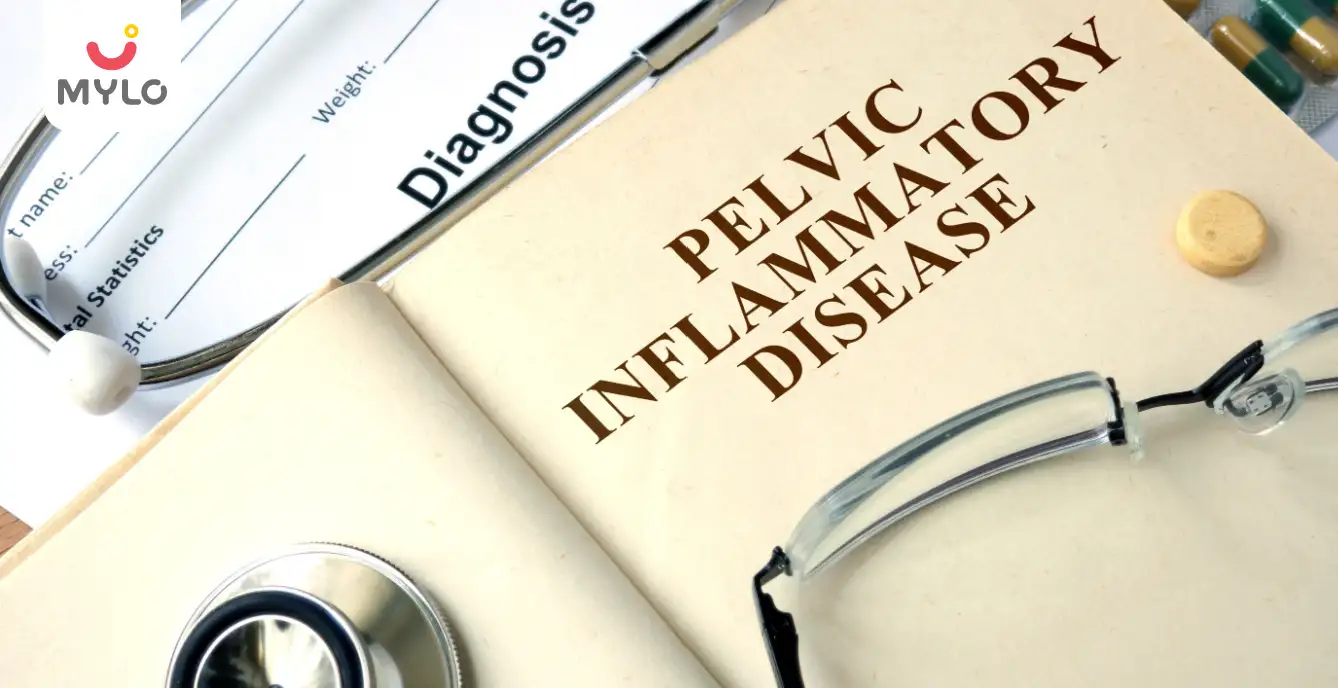
Illnesses & Infections
Pelvic Inflammatory Disease (PID): Symptoms, Causes & Treatment

Labour & Delivery
Lightning Crotch in Pregnancy: All You Need to Know
- Vaginal Dilator: Learn its Types & How To Use It?
- Infected Umbilical Cord: Symptoms, Treatment And Prevention
- Is Hair Fall Normal in Pregnancy
- Syphilis: Symptoms, Causes, Risks & Treatment
- Congenital Heart Disease: Symptoms, Causes & Treatment
- Fetal Echo Test in Pregnancy: A Diagnostic Tool for Detecting Heart Defects in the Womb
- Bedwetting (Nocturnal Enuresis): Causes, Symptoms & Treatment
- Birthmark: Types, Causes, Risks & Treatment
- Behaviour Therapy: Benefits, Types & Techniques
- How Long Does Breast Milk Last at Room Temperature?
- Thrush: Causes, Symptoms, Treatment, and More
- Childhood Asthma: Symptoms, Causes & Treatment
- Reflux in Baby: Symptoms, Causes & Treatment
- Pre Eclampsia: Meaning, Causes & Symptoms


AWARDS AND RECOGNITION

Mylo wins Forbes D2C Disruptor award

Mylo wins The Economic Times Promising Brands 2022
AS SEEN IN
















- Mylo Care: Effective and science-backed personal care and wellness solutions for a joyful you.
- Mylo Baby: Science-backed, gentle and effective personal care & hygiene range for your little one.
- Mylo Community: Trusted and empathetic community of 10mn+ parents and experts.
Product Categories
baby carrier | baby soap | baby wipes | stretch marks cream | baby cream | baby shampoo | baby massage oil | baby hair oil | stretch marks oil | baby body wash | baby powder | baby lotion | diaper rash cream | newborn diapers | teether | baby kajal | baby diapers | cloth diapers |



